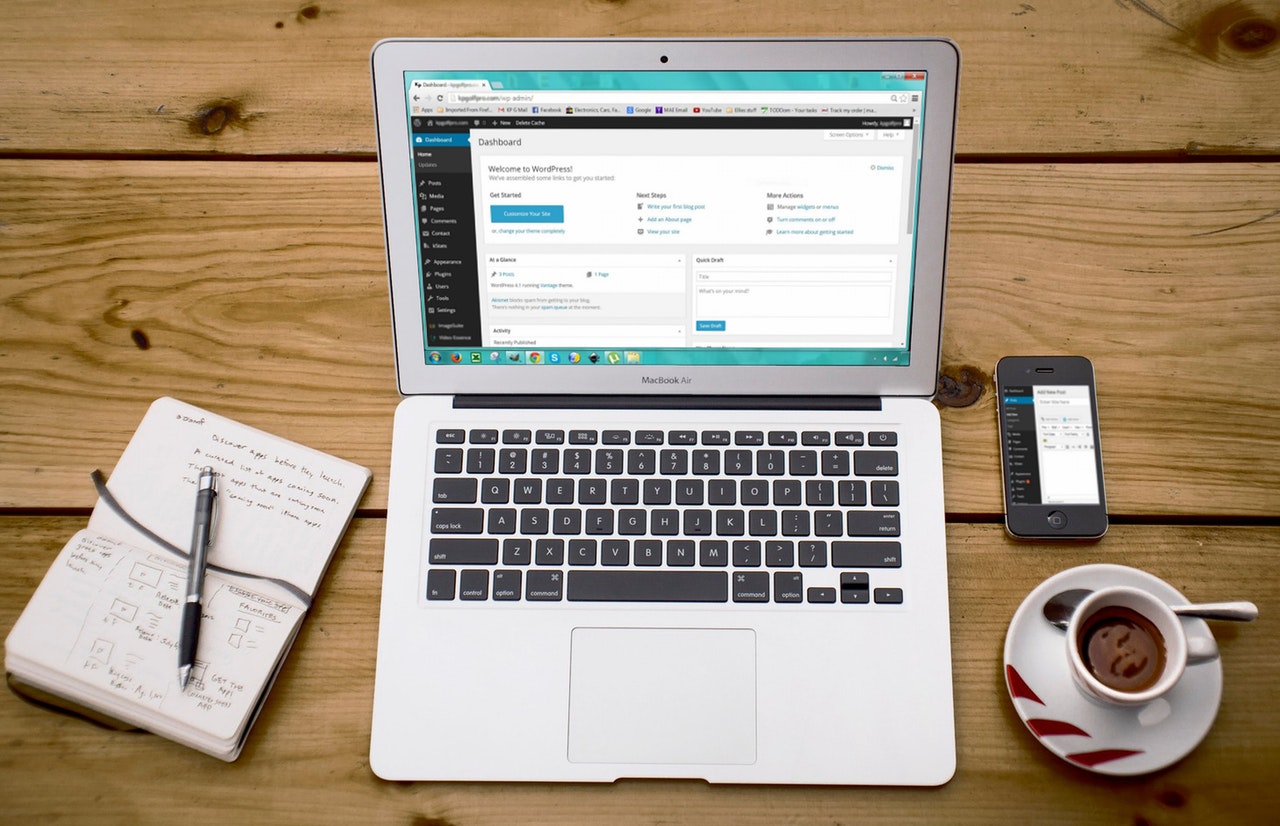WordPress sites have an admin page where the user panel or interface exists for the owner. Protecting the WordPress admin area where the owner performs administrative tasks is an important task. For a WordPress site, numerous plugins are available for this purpose, while many other tips and tricks also exist. Whether you're a seasoned WordPress developer looking for ways to tighten the security of clients' sites or an end-user who wants to secure Dashboard, here are the top 10 tips to protect the WordPress admin area.
#Change Login Link
The correct procedure to use the WordPress admin panel ensures a URL and possible hacks can happen when the passwords being used are the same. An easy alternative is a plugin called the ‘WPS Hide Login' for creating custom URLs. It provides a stealth mode preventing users from accessing the admin area directly. The login URL can be set as ‘cryptic' and thus protects from attempts or break into the WordPress admin area.
#Limit Login Attempts
Create a divergence from the usual break as the hackers could easily use a script to read your password easily. The WordPress site user or owner can use a plugin called the ‘Limit Login Attempts Reloaded.' This plugin has the functionality of locking a user out of admin if they have entered the login incorrectly more than the specified number of times. The plugin then locks the user for a while.
#Edit wp-config.php File
The file contains access data and settings for the WordPress database. It needs to get effective to protect the admin console. Therefore following amends must be set:
- Security Keys: WordPress has an inbuilt set of passwords and must be lined up by the user using strings. These must be set up in the exact configuration file.
- #Table Prefix: It is an internal function where the software installs the value of the prefix. Only the prefix cannot be the standard “wp_.” You must enter a cryptic label or prefix.
- #SSL Encryption: Enable protection of admin area by encryption. Use this command to force SSL/HTTPS in the WordPress admin area:
define (‘FORCE_SSL_ADMIN', true)
Similarly, other essential configuration aspects must be taken from the WordPress codex and applied for better protection.
#Allow Access to Only Specific IP Addresses
The WordPress site owner can limit access to the admin panel from which only specific IP addresses can access it. Add these lines of code to your ‘.htaccess‘ file:
<Limit GET POST>
order allow, deny
deny from all
allow from xxx.xxx.xx.x
</Limit>
While this is a technique for defining IP addresses, it can only be effective for that specific IP. For accessing from another place, you must enter the new IP into the “.htaccess” file.
#Use Stronger Passwords
Passwords are the critical area of weak linkage to the WordPress admin area security. Strong passwords must be set to generate authenticity. Therefore many sites report hacks due to incorrect or reckless passwords. WordPress has a light indicator for the password strength, where colors indicate the strength.
#Enable SSL Logins
Whenever the admin login page is SSL encrypted, it follows the fact from where the session URLs would show https://. Once the shared URLs get confirmed, or an SSL certificate gets authenticated, the config file code is added to secure SSL. Alternatively, the “WP Force SSL & HTTPS Redirect” plugin forces SSL for all pages, a highly effective and much better option. This plugin goes well with the latest version of WordPress.
#Change Username
The username must not include the word “admin.” This word has been linked and used in various hacks and must not assign admin roles and functions. It should be something that is not obvious. It is recommended that the admin user console be altogether deleted such that the hacker is unable to hack or access again.
#Take Regular Backups
It is essential to get the backup done for the WordPress site. This allows the site owner to have better preparation such that hacks or break-ins do not happen. Various backup solutions are available in the form of WordPress plugins.
#Perform Regular Updations
Regularly updating the site from the latest versions available in the market helps ensure the site quality to be protected from hacks. Periodically updating the scans and virus checks on the WordPress site must be pursued.
#Use an Antivirus
A generic answer to hacks and attempts for break-in is the use of antivirus. It's a smart and easy solution where the protection comes readily in manual testing and daily automatic checks.
Conclusion:-
When you're running a WordPress site, you must know how to protect the admin area. You can secure your WordPress site's admin area through several plugins, updates, and tips mentioned above. However, if your site is already hacked or disrupted by an attack, you can get help from WordPress development experts to fix and recover it.






